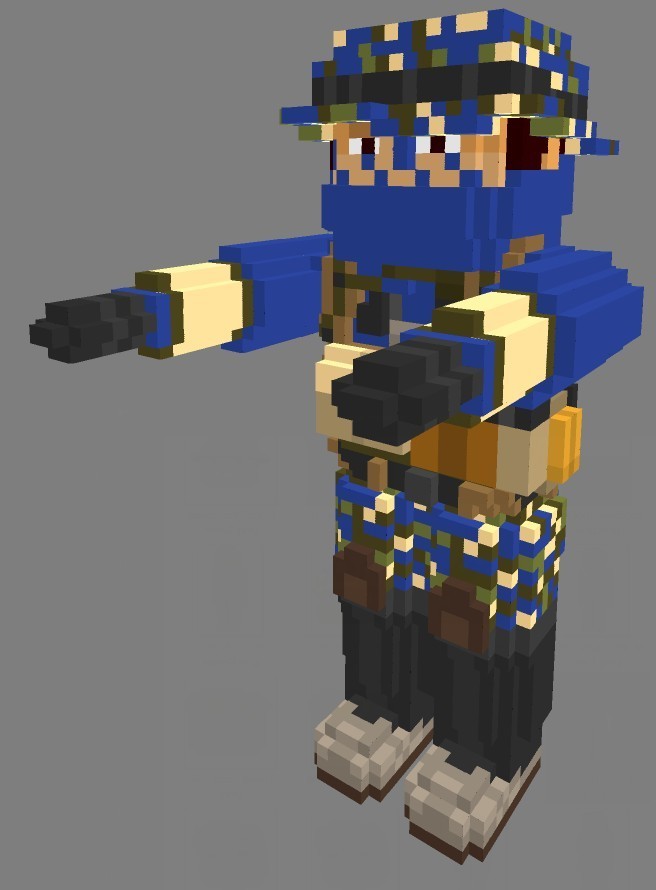

#Ace of spades game classes code#
We need one other method to make our code simpler: a method which can "enqueue", or place into the collection, a collection of Cards rather than just a single one. That collection has almost all the functionality we need to implement a deck of cards, so why not use it? Rather, we implement a deck of cards using the built-in Queue object in C#. Here's the first secret in our model: there actually isn't an object called Deck. Now before you go yelling at me, let me explain why there is no Deck object. So, our player object looks like this: public class Player

A player, in our model, has the following properties: Now let's start with a very simple definition for the Player object. I ended up using a C# enum to represent the Suit of the cards, so here's that enum plus the Card object: public enum Suit "10D" for 10 of diamonds, "AC" for Ace of Clubs, etc.) A Suit (Hearts, Clubs, Diamonds, or Spades).In our model, each Card has three properties: Let's start with the simplest object in this model: the card itself.

Now that we've got our Objects, observations, and other rules in place, it's time to start building them! The Card Also, check out my other posts in the Modeling Practice series! You might want to use the sample project over on GitHub to follow along with this post. NOTE: This is Part 2 of a three-part series demonstrating how we might model the card game War as a C# program.


 0 kommentar(er)
0 kommentar(er)
